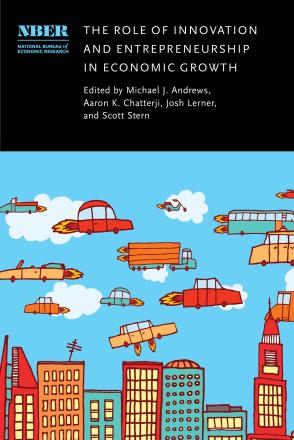The "Weighty" Manufacturing Sector: Transforming Raw Materials into Physical Goods

The manufacturing sector encompasses a diverse set of industries that are involved in the transformation of raw materials into physical goods. Over the last two decades, the manufacturing value added (MVA) of the US has slightly grown, however, the US percentage of global MVA has declined due to China’s exponential rise. The relatively high R&D spending by the US on manufacturing (66 percent of industrial R&D) and comparatively low manufacturing value added (14 percent) can in part be explained by foreign multinationals’ globalization of manufacturing facilities in the last decade. As a whole, the manufacturing sector involves higher value added per capita employed, a greater proportion of the labor force with education at the high school level or below while having on average higher wages for that labor force, higher industry spending on R&D, and fewer private equity/venture capital deals financing new ventures than nonmanufacturing industries such as services (including software). The above said, drawing implications from sector-wide trends can be misleading because of the variation in these indicators across subsectors. Considering the sector’s diversity will be critical to understanding productivity and labor outcome effects, and appropriate policy responses, if any.
-
-
Copy CitationErica R. H. Fuchs, Christophe Combemale, Kate S. Whitefoot, and Britta Glennon, The Role of Innovation and Entrepreneurship in Economic Growth (University of Chicago Press, 2020), chap. 1, https://www.nber.org/books-and-chapters/role-innovation-and-entrepreneurship-economic-growth/weighty-manufacturing-sector-transforming-raw-materials-physical-goods.Download Citation


